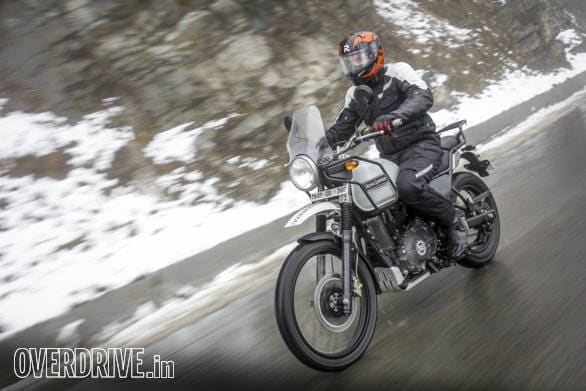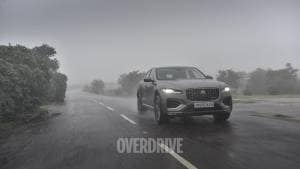Better Riding: Out and about in winter
The winter is probably the best time for a motorcycle to be out and singing. The air is dense, the bike feels crisp and unflagging and the whole experience can be wonderful. But not if there is heavy fog, obviously, or if your hands are stiff from the cold and you're shivering uncontrollably. But here's the thing. It's a lot easier to get warmer when needed than, for instance, get cooler when you're overheating in the summer.
The thing with being cold is simple. If the body detects that your core temperature - loosely the temperature of your torso - is falling, it cuts blood supply to your extremities (hands and feet) to try and get warm blood to your main body of organs and prevent hypothermia. So as important for control as it is to keep your hands and feet warm, your torso needs to stay warm as well, perhaps more so.

What you can do is simple. Ditch the gigantic overcoat for a proper, designed-forit, winter motorcycle jacket if you live in a cold enough place - Mumbai, for instance, is not one of those places - or head out often enough into wintry wonderlands. Buy a slightly loose jacket though, so you can add layers underneath. A tight cotton vest, followed by a t-shirt, a layer or two of fleece between this and the jacket (which will usually have its own quilted liner) is a pretty formidable combination as long as the jacket is windproof. Most winter jackets are wind- and waterproof so that takes care of most of the issues. If you can't find a good winter jacket, look for windproof jackets with covered zippers (exposed zips leak air into the jacket) and a quilted lining that you can zip-off to remove. Wear it and see that it doesn't restrict your movement.
The thing with layering is that you can (and should) take off layers to cool off if you are overheating because sweating inside isn't healthy or energy efficient. In an emergency add paper (like newspaper) inside the jacket to add additional warmth and wind protection.
Layering also works for gloves, but you need either thin silk glove liners (far warmer than their appearance would suggest) or thin surgical latex gloves (the use and throw kind, not the thick orange reusable ones). But please do yourself a favour and chuck the woollen gloves, they are completely useless because they cannot block any wind. In an emergency, you can use electrician's tape to gain wind protection but remember to ensure that your fingers are able to move and you haven't compromised your ability to control the motorcycle.
Similarly for the feet, wear tall boots, knee-length socks, ideally woollen and most importantly, long trousers to prevent drafts from running up the trouser leg. If the pants are made of wind-blocking material that will help greatly. Many motorcycle pants today offer zip-off panels that reveal mesh panels for hot weather. Zip these panels back on and the pants get much, much warmer. And then you can add the liner than comes with the pants.
Another associated issue is visor fogging. Rub a little toothpaste into the inside of your visor gently until the visor is clear optically. It's a crude anti-fog treatment. You could also tape a small sponge to the rubber liner under your visor to keep the visor cracked slightly open. This also prevents fogging. I don't recommend this, personally, because Indian helmets' shoddy visor mount quality will mean that eventually the visor will flip open from wind pressure. Scarfs and mufflers don't really work in helmets because they only direct your breath up and end up adding to visor fogging or fog up your sunglasses.
Finally, remember that tyres take longer to warm up in the cold, so ride gently for longer to allow the motorcycle time to get up to operating temperature. Let the motorcycle idle (on choke for carb-ed bikes) to help it warm up before you ride off. And if you're stuck in heavy fog, park behind a solid object (like a tree) with your parking lights on for safety's sake rather than try inching along slowly. On a bike you're at great risk if a car driver runs into you because he didn't spot you in time - better late than never.
For more tips from our Better Riding section, click here













